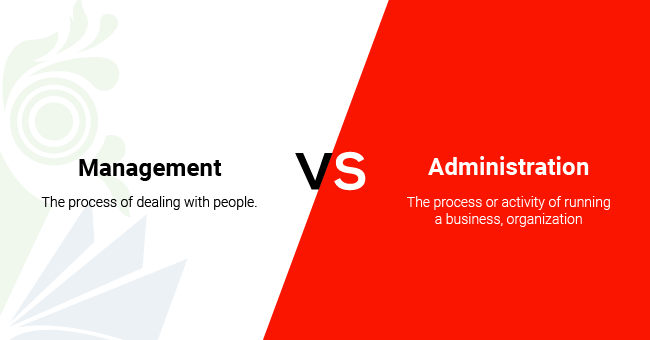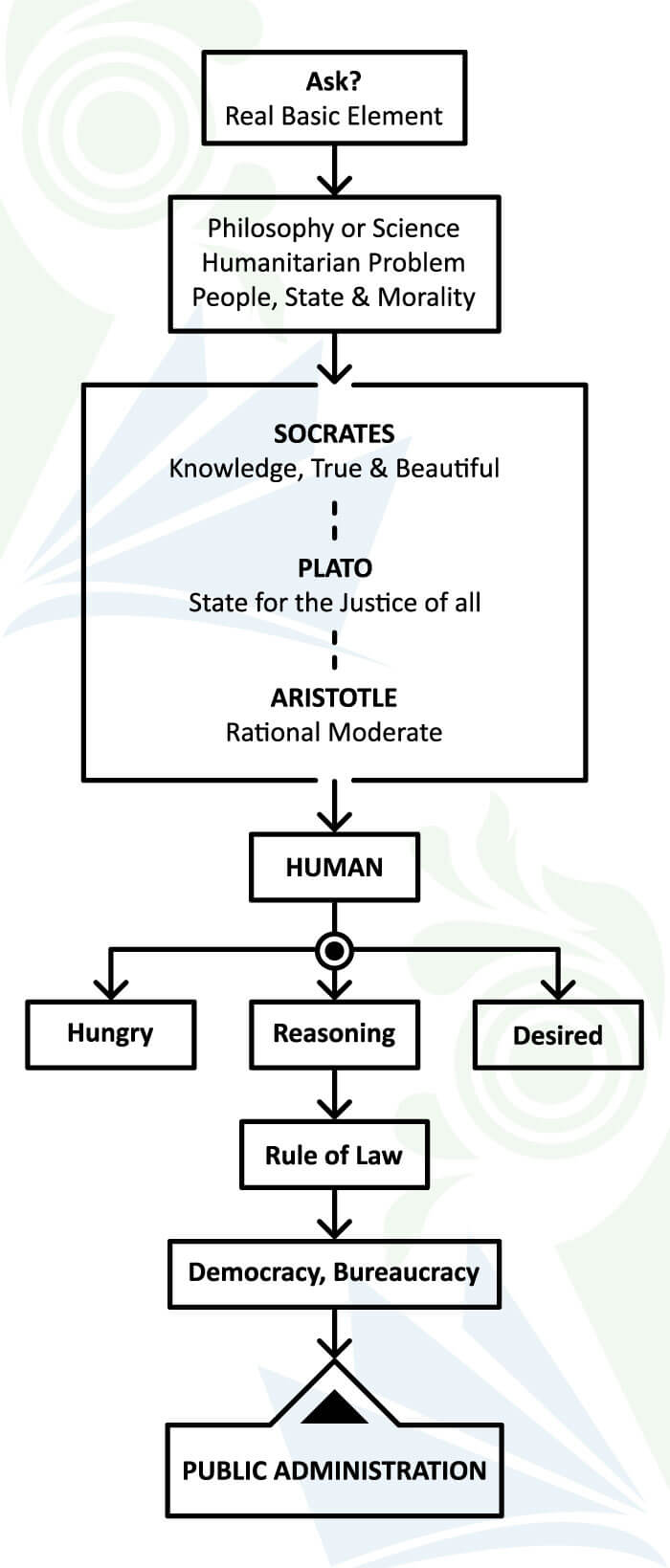Public Sector Reform in Developing Countries
The economies of Africa, Asia, South America, and Pacific regions are often referred to as the developing countries or as ‘Third World or ‘Less Developed States’ or ‘the Global South.’ The main problems of such countries are poverty, insecurity, and instability. Common features are colonial experience, weak industrial base, failing economies, military interventions, civil wars, border disputes, and even ‘state collapse’. However, countries like India, China, and Brazil are catching up in these areas. There are described the different factors of public sector reform in developing countries with short details.
Public Sector Reform in Developing Countries Factors:
For public sector reform in developing countries, the important factors are four normally. However, there are include these four factors of public sector reform in developing countries. Such as:-
- Social and cultural factors;
- Political factors;
- Administrative factors and
- Economic factors.
For public sector reform in developing countries, the developing countries marginally differ in terms of political systems, economy, ideology, demography, culture, race, etc. Most of the developing countries have suffered colonial conquests. In terms of the political systems, there are various systems such as democracies like India, Malaysia, and South Africa and monarchies like in Saudi Arabia, Jordan, Morocco, and Lesotho, and Socialist streams like China, Cuba, and North Korea. The developing countries have several common traits such as governance crisis, poverty, high population, political instability, and structural dependence on the developed countries.
Social and Cultural Factors:
Social and cultural is the first factor of public sector reform in developing countries. Culture is the ‘shared values and beliefs ‘of geographical areas. The success of the implementation of the NPM can be possible only if the adopted reform strategies complement the particular cultural characteristics of the country. If we view organizations as social groups “infused with values,” culture and informal structures can counteract structural changes making rational reform activity problematic.” Reforms that do not agree with the prevailing rules, norms, and culture of the administrative system will not be adopted. It is a challenging task to change the bureaucratic-administrative structure and culture, especially in public organizations. This is because of bureaucratic rigidity. According to Haque, Administrative reforms should be based on the comprehensive framework, which comprises reforms to other social domains.
Members of formal organizational structures generate patterns of beliefs, assumptions, values, and expectations. They generate informal rules of behavior in their work. If reforms have to be implemented, such informal rules also need to be factored in. According to the United Nations Economic and Social Council, reform will only be successful if the society accepts it, and local ownership and participation are achieved. Organizational culture and cultural types are why managerial reforms bring about varied results within and between organizations. Organizational culture influences the success of the reform The United Nations has observed that the failure of the international donor-driven reforms is due to a lack of proper understanding of the local circumstances and culture in which it is proposed to be implemented. Cameron & Freeman (1991) concluded that cultural differences are related to different performance dimensions for public sector reform in developing countries.
The colonial past of the developing countries had considerable influence on the administrative system even after independence. The colonial rulers held most senior positions in the bureaucracy leaving relatively lower positions to the natives. A culture of political and economic exploitation, which is still dominant in many developing countries, is a product of the colonial legacy. They also had a culture of dependence on the government. Even though many countries achieved democracy, the public administration continued to remain as in the colonial period. Public administration in India has a long history. The civil servants performed the King’s role of servants long back, which transitioned into state servants in a subsequent era. The land revenue scheme was established for the duration of the Moghul period. The East India Company had a civil service to perform their salable roles, and the state retainers progressively became public servants. All through this period, the title role of the civil service was to add British benefits. In many developing countries, market-driven governance, i.e., New Public Management, has made an impact. The elements of the New Public Management depend on cultural schema and vary from country to country.
Political Factors:
Political is the second factor of public sector reform in developing countries. The commitment of the political leadership is a driving force behind the implementation of administrative reform efforts. Many scholars had stressed the need for political support for the success of public management reforms. In many developing countries, major political parties often promise public sector reforms during the election campaign, which are rarely translated into a policy after assuming power. Political leadership in developing countries is more often influenced by administrative reforms’ immediate political costs rather than the long-run benefits.
Another factor is clientelism, a subset of relationships about a wide range of patron-client transactions, which are found in most developing countries. The political environment, particularly political instability, is an obstacle for reforms in the developing countries for public sector reform in developing countries.
Administrative Factors:
Administrative is the third factor of public sector reform in developing countries. In developing countries, due to colonization, the traditional public administration was dominant, and it was later seen as inadequate in the era of globalization. In contrast, the developed countries have had a long history of such reforms. Klinger & Campos noted that many developing countries have shifted from public administration’s ‘patronage’ system to a merit-based one. The system was the administrative mode followed by many developing countries during colonial rule, which failed drastically during the modern public services. In this mode, all directions were given from the top, without assigning any individual responsibility. This was the command and control method resulting in the bureaucracy’s failure to provide good governance in many developing countries. From a comparative analysis of developed and developing countries, Shah concluded that developing countries’ administrative systems are weak. The informal rules play a major role in the administration of the developing countries. Every country has a mixture of relations and rule-based governance mechanisms, but in developing countries, informal structures – particularly relation-based governance – will be relatively stronger than in developed countries. The bypassing of formal structures by the informal rules is proved to be detrimental to efficiency and effectiveness.
Therefore any reform initiative should consider both formal systems and informal rules of the society that influence the government decisions before launching it for public sector reform in developing countries.
Economic Factors:
The final factor of public sector reform in developing countries is economic factors. The shortage of financial and human resources made many developing countries seek assistance from international funding agencies. This is evident from the structural adjustment programs of many of the developing countries, especially in the African continent during the eighties. The donor agencies lend the money with more or less strict conditions, including proposals for the receiving country’s reform package. This was the major reason for the spread of western public management ideas to many developing countries for public sector reform in developing countries.
The above discussions suggested that cultural, political, economic, and administrative factors are the important factors to be considered while planning and implementing reforms in any country, particularly in the developing economies for public sector reform in developing countries.




